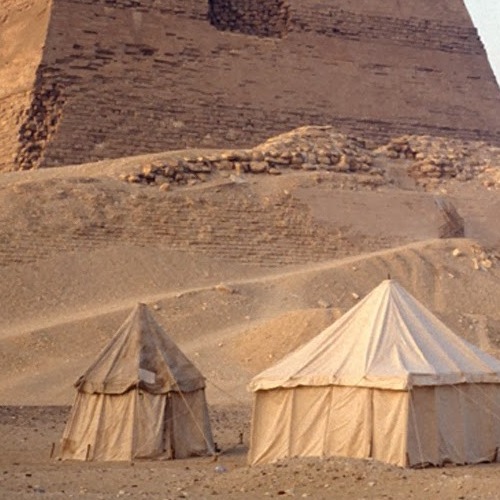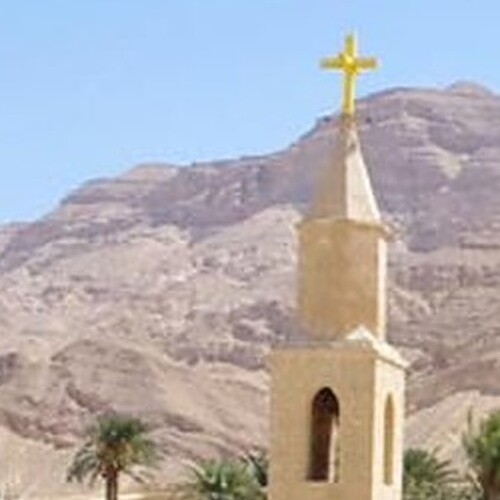Meidum Necropolis
Exploring the Enigmatic Meidum Necropolis: A Testament to Ancient Egyptian Grandeur
The Meidum Necropolis, a hallowed ground in Egypt’s rich historical tapestry, is a breathtaking testament to the architectural and artistic brilliance of the Old Kingdom’s Dynasty IV. This ancient burial site, embracing Snefru’s pyramid, stands as a monumental tribute to the era’s elite, marking the first significant elite cemetery since Saqqara’s archaic grounds. The intact nature of the necropolis suggests that the Meidum pyramid, contrary to some beliefs, did not suffer a collapse during its construction.
Around Snefru’s awe-inspiring pyramid, particularly to the north and east, lie mastaba cemeteries. These are not only sacred resting places but also treasure troves of some of the Old Kingdom’s most exquisite statuary and paintings, epitomizing the era’s artistic zenith.
One such mastaba, the largest and located at the pyramid’s northeastern corner just outside the enclosure walls, is Mastaba 17. Discovered by the legendary archaeologist Petrie in 1910, this tomb, believed to belong to a royal prince possibly a son of Snefru, houses an anonymous yet intriguing sarcophagus.
The Tomb of Nefermaat, Mastaba 16, presents another fascinating chapter in Meidum’s history. Investigated by Auguste Mariette in 1871, this large tomb, likely belonging to another of Snefru’s sons, showcases a fascinating juxtaposition of mud brick superstructures and limestone-lined inner walls. These walls are adorned with vibrant scenes of daily life, including the renowned ‘Meidum Geese’, a masterpiece of Old Kingdom art now residing in the Cairo Museum. Petrie’s further excavations unveiled additional reliefs, offering glimpses into the lives and traditions of the ancient Egyptians.
Mastaba 6, the tomb of Rahotep and Nofret, son and daughter-in-law of Snefru, adds to the necropolis’s enigma. Mariette’s exploration in 1871 revealed a smaller yet impressively decorated tomb, mirroring Nefermaat’s in structure and grandeur. The highlight of Rahotep’s tomb is the magnificently preserved limestone statues of him and his wife Nofret, which still retain their hauntingly lifelike inlaid crystal eyes, a sight that initially terrified the discoverers.
However, the intrigue of Meidum extends beyond these tombs. Many burial sites here remained unfinished or unused, a mystery that could be linked to Snefru’s shift to Dashur for his pyramid constructions. This peculiarity adds a layer of enigma to the Meidum Necropolis, making it a captivating chapter in Egypt’s long and storied past.
Created On May 4, 2020
Updated On January 26, 2024



